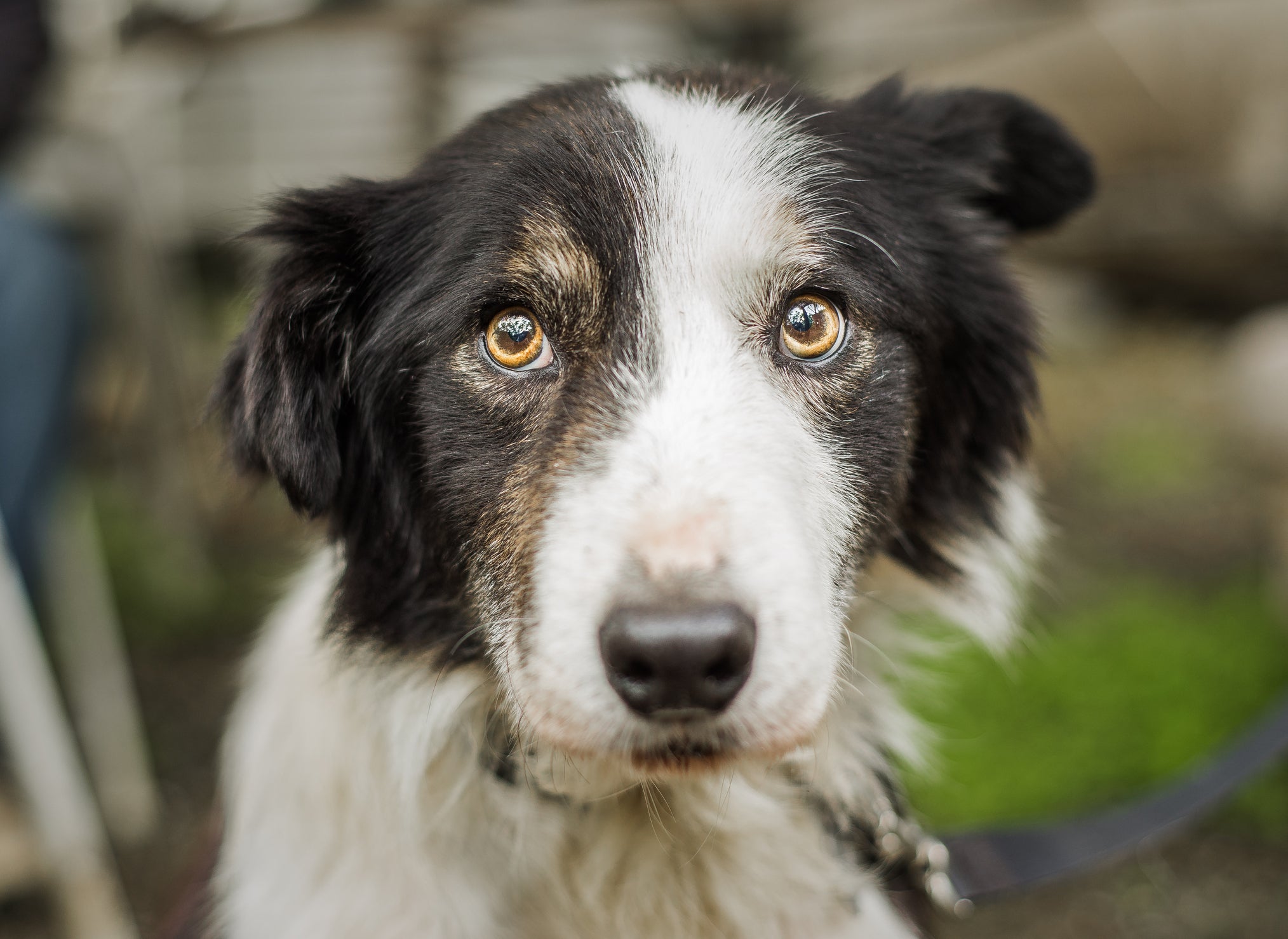
TIPS TO MINIMIZE STRESS During your Dog's Transition to a NEW HOME
Change can be SCARY.
About 6.5 million pets enter animal shelters in the US every year[1]. Adopting a pet is one of the most wonderful things you can do, and it can bring so much joy and love into your life and your new pet's life.
This is a time of transition for your new companion - they are moving from one stage of their lives to the next, and any kind of transition can be very stressful. This stress can manifest in many ways, including destructive behaviors, and other signs that look a lot like anxiety.
The good news is, there are ways you can HELP MINIMIZE STRESS during your dog's transition to a NEW HOME.
1. Be Patient
Keep in mind that for a newly adopted pet, everything is unfamiliar and possibly a little overwhelming. Patience, patience and more patience is key. When you first bring them home, give your dog space to explore. Once your pet does choose to relax and settle, let them know they are welcome to feel at home with a special treat.
2. Comfy, Safe Environment
Before you bring your rescue pet home, make sure they’re coming home to a welcoming environment. Consider how any other pets may react to a newcomer. A clear daily routine will help your pooch settle in quickly and stay calm as they’ll know exactly what to expect and when. Create a safe place with a comfy bed in a quiet spot so your dog can go there and be undisturbed if they need some quiet time.
3. Training
When you first bring your new friend home, it’s important to find out if they respond to cues such as ‘sit’ ‘settle’ ‘down’ and ‘come’. If your new friend is already familiar with these cues, great! If not, work with them gradually to introduce some basic words. Using ‘sit’ or ‘down’ is a good place to start. Be sure to set long-term goals and try not to get discouraged if you have short-term setbacks.

4. Don't Punish, Reward
Though progress may be slow sometimes, it’s important to never shout, yell or react negatively to your dog. Negative responses or punishment will damage your progress and trust with a pet. Instead, reward and reinforce the behaviors you want to see more of.

5. Distractions Can Help
Some rescue dogs may be easily stressed or be nervous in certain situations. Using distractions at these times can help take their minds off of their stressful surroundings. Some good examples are puzzle or chew toys, extra walks or playtimes or playing music when there are scary noises like thunder storms. Seek advice for how to help your new friend with their individual needs.
6. Try a ThunderShirt
Like a hug, a ThunderShirt provides gentle, calming pressure around your dog’s torso, helping to soothe their anxiety, and helping them feel safe. Try combining a ThunderShirt with complementary calming solutions like ThunderWunders Calming Chews and ThunderEase Calming Pheromones for added calm.
[1]According to ASPCA.org https://www.aspca.org/animal-homelessness/shelter-intake-and-surrender/pet-statistics
 Skip to content
Skip to content




